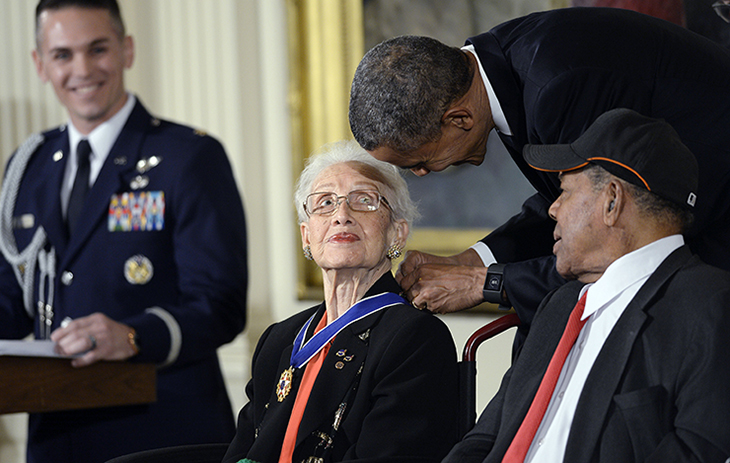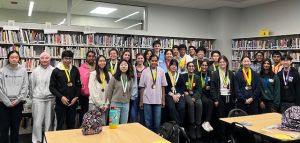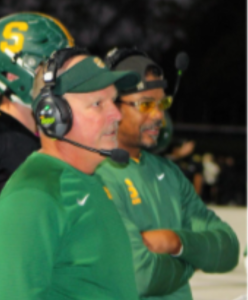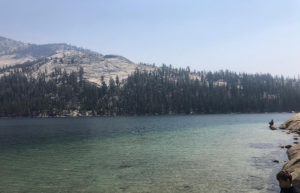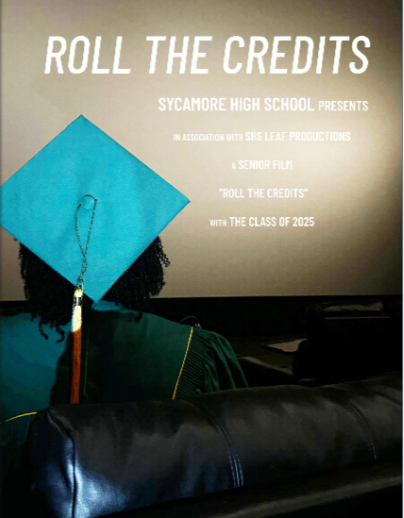Katherine Johnson
Hidden Figures
IT’S AN HONOR. Former U.S. president, Barack Obama gives Katherine Johnson the presidential medal of freedom in 2015. The presidential medal of freedom is the highest civilian honor that a U.S. citizen can earn. Katherine received it because of her significant contributions to NASA, particularly her calculations for America’s first human spaceflight (with Alan Shepard).
February 22, 2017
Katherine Johnson graduated high school at the age of 14 and by the time she was 15 had already enrolled in college. She began attending West Virginia university with the hopes of graduating and becoming a teacher. After being encouraged by her teacher, W.W. Schieffelin, Johnson took higher level math courses, eventually completing all the courses offered at the university. For the next seven years she worked as a high school teacher until she applied for a job at the Langley Research center, which had just opened up a slot for black women to work. Soon after the research center became a part of NASA, then known as National Advisory Committee for Aeronautics. By 1953 Johnson was working as a computer for NASA and after having the job for less than a week she was assigned to a position at the flight branch. While working with a group of engineers on the flight branch Johnson ended up calculating the flight path for the first American space mission. Thereafter, she became involved in every space mission while she was working at NASA. “I felt most proud of the success of the Apollo mission,” said Johnson. For the Apollo mission, Johnson was in charge of calculating where the ship would take off, the speed it would take off at, where the moon would have to be in relation to the Earth, and where it would be while the astronauts were travelling, etc. Even after 1962, when NASA already had electronic data processors, Johnson was an invaluable asset to the program. For example, before his launch John Glenn asked Johnson to check the numbers which the computer had given for the launch. After a day and a half of After working at NASA for the remainder of her working career she retired in 1986. Johnson is still alive today, at 98 years old, and lives Hampton, VA.


